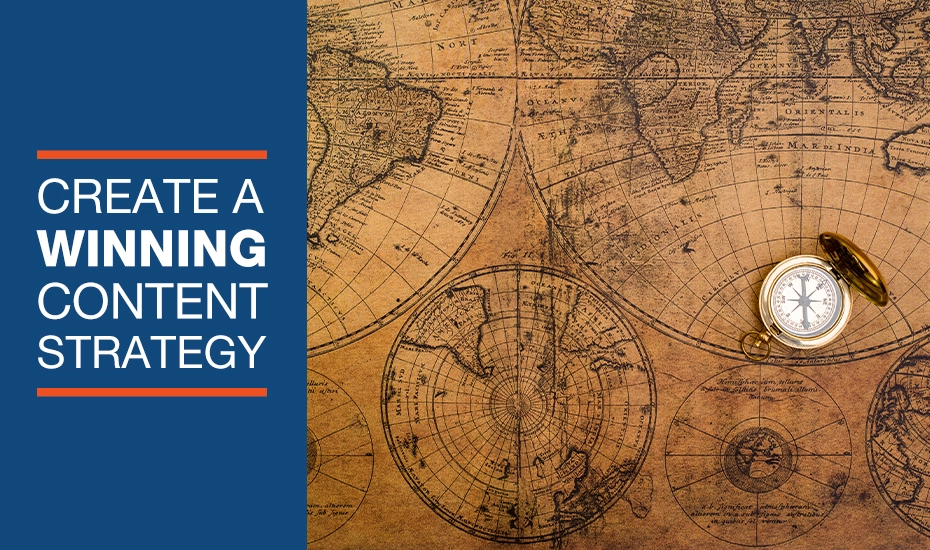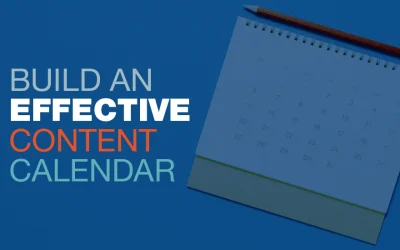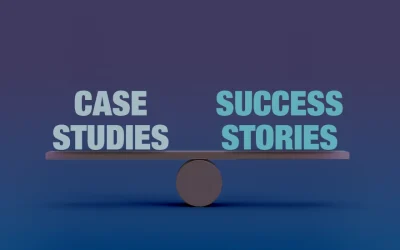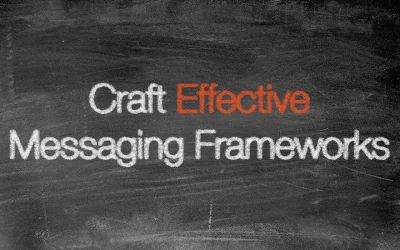In Pirates of the Caribbean: The Curse of the Black Pearl, there’s a scene where two of the main protagonists are stranded on an island. After locating and indulging in a rumrunner’s secret stash on the island, Jack Sparrow, the main character of the series, becomes intoxicated. Even though he is minutes away from passing out in a drunken stupor, he says something very wise:
“Wherever we want to go, we’ll go. That’s what a ship is, you know. It’s not just a keel and a hull and a deck and sails, that’s what a ship needs but what a ship is… what the Black Pearl really is… is freedom”
Why on earth am I talking about a Disney movie in a blog about content strategy? Two reasons: 1) These are fun movies that I still watch as an adult, 2) There are some parallels between how Jack Sparrow views a ship and how marketers should view content.
Content isn’t just blogs and videos and social posts and webinars, that’s what content needs but what content is, what a good content marketing strategy really is…is a map.
What is a Content Strategy?
The content you produce should be a map that guides your audience to solutions. Specifically, you want to lead web visitors to the services you sell, which should already be positioned as solutions to their problems.
Selling solutions to problems instead of product features, combined with a strong brand promise, is how B2B tech companies offer true value to clients. Both of these ambitions are accomplished through a consistent and effective brand message. This is the core reason why content plays an indispensable role in a successful B2B tech marketing plan.
A content marketing strategy, then, is an internal atlas that guides your content creation. It outlines:
- What you want to achieve from your content marketing efforts
- Who is the intended audience for your content?
- What it should sound like
- Where, when, and how often to distribute it
- Why your audience should be interested in it
- How you will measure its performance
Just like the content you write is a map for your audience, a detailed content strategy is your map to achieve your content goals.
Why Do You Need a Content Strategy for B2B Tech Marketing?
If I asked you what your company’s goals are, would you be able to rattle them off? What about the marketing department’s goals? Are your marketing department’s goals aligned with the company’s? Maybe they are, which is great!
Experience has taught me that the departments of many B2B tech companies are not aligned internally on the overall business goals. Many don’t even have their goals documented in the first place, which is a problem.
The marketing team is responsible for supporting the company’s objectives. This is impossible to do if those objectives aren’t clearly documented. If you’re a business owner reading this, you need to have goals for your company. If you are a marketing leader at a company, you need to have goals for your department that support the company’s goals.
As Earl Nightingale said, “People with goals succeed because they know where they’re going.” People and companies need goals in order to know where they are going. However, that’s only part one of hitting your goals.
“A goal without a plan is just a wish.”
—Antoine de Saint-Exupéry
A content marketing strategy helps you take consistent and focused action to help you hit your marketing goals.
Elements of a B2B Tech Content Strategy
- Company Background Info
- Company Goals
- Target Audience
- Content Goals and Objectives
- Content Creation
- Content Publication and Distribution
- Performance Measurement, Analytics, and Optimization
How to Create a B2B Tech Content Strategy?
Your content strategy should be a document with details for each of the key elements in the section above. This can be in any word-processing app. Just make sure relevant team members also have access to the document and that it can be edited and read easily.
Before you begin making your content strategy, there are important things you need to know.
- What your company goals are
- Who your target audience is
- What your content goals and objectives are
Without these three elements, the rest of the document is useless. You need to know your goals and who you are trying to reach. The rest of the content strategy hinges on these pieces of information. Once you have that information, you’re ready to take the next step to develop your winning content strategy.
Start with Your Company Background and Goals
The first section of the content strategy document is fairly simple. Write out a brief overview of your company. It can be a little less formal, as it isn’t meant to be shared with the world. You can share more confidential info here, too, like any specific challenges or problems the company is looking to overcome, as well as your internal goals.
This info will help new marketing employees gain a deeper understanding of who the company is and what they are working toward. As an example, this is what our internal doc says in the first section:
“Creative Stream Marketing was founded in 2006. It started as more of a creative agency but has since evolved into a full-service marketing agency. Today, our services include a branding and positioning service, a website design and development service, and a full-service marketing package, along with hosting and web maintenance plans.”
We continue with some basic info about the current business challenges we are working to solve internally. After that information, we jump into our current company goals. We have a big 10-year goal, followed by a 5-year, 3-year, 1-year, and quarterly goals. The smaller goals are the more tangible things we can do in the short term to hit the bigger milestones.
Target Audience
After writing the company background and goals section, shift your focus to your target customers. If you don’t already have them, develop marketing personas separately. Once you have this info, you can include some of the key info in the content strategy doc. For example, we list out the industries we target and a brief description of the personas we target within those industries. We link to the full marketing personas for reference, though.
We also list a few key search competitors in this section who we feel are important to analyze. That part isn’t as crucial for this document, but it isn’t a bad idea to list out some of your key competitors for reference.
Content Goals & Objectives
This section is pretty straightforward if you already know your content goals. If you don’t, you’ll want to put some thought into realistic goals and what steps you should take to achieve them. Remember, these goals should support other key company objectives.
For example, we are working toward developing a stronger inbound lead generation approach, and we are using our content as a driver of this goal.
Some of the content goals we are focusing on are increasing brand awareness and inbound leads, and developing thought leadership blog content. We list ways we can accomplish these goals, what types of content we want to create, and where to find our content calendar.
You can include your content calendar in this doc if you prefer, but we’ve found it’s easier to keep our content calendar in our project management system.
Content Creation
In this section of the document, you should describe how content will be created and the overarching guidelines for that creation process. You should identify the voice, tone, and style that your content should be written in, as well as any other relevant guidelines all content writers should follow.
Content Distribution
This is simple – just list where content will be distributed. If you need to, you can get granular with where each type of content you create should be distributed. For the most part, blogs are posted on the website, emailed, and posted on social. Videos can be shared on different platforms, transcribed and used as blog content, etc.
It can be easy to overthink this part, but the goal isn’t to be extremely detailed here. You just want to identify the channels your content will be shared on. Keep it simple.
Performance Measurement, Analytics, and Optimization
Measuring campaign performance can be challenging, especially if you’re not a numbers person. Figuring out how to track, measure, and improve is a key part of marketing.
Start off this section by talking about how you plan to track the performance of your content. List what areas you want to measure and why, as well as any analytics tools you can use. Talk about ways you can improve content based on its performance. For instance, if a blog post performs well, you can prioritize it for backlinking opportunities, turn it into a video, or make small changes to increase its ranking in search.
Use Your Strategy Guide to Attract and Build Your Audience
Once you’ve finished crafting your content strategy document, you’ll want to review it with key team members. Make sure all your relevant stakeholders are in agreement with the document. Use it regularly as a guide and add more details if needed.
Try not to change it too often, unless you are further clarifying a section. You want to stick with the goals for at least 6-12 months to see if there are any positive or negative impacts and then pivot accordingly.





0 Comments